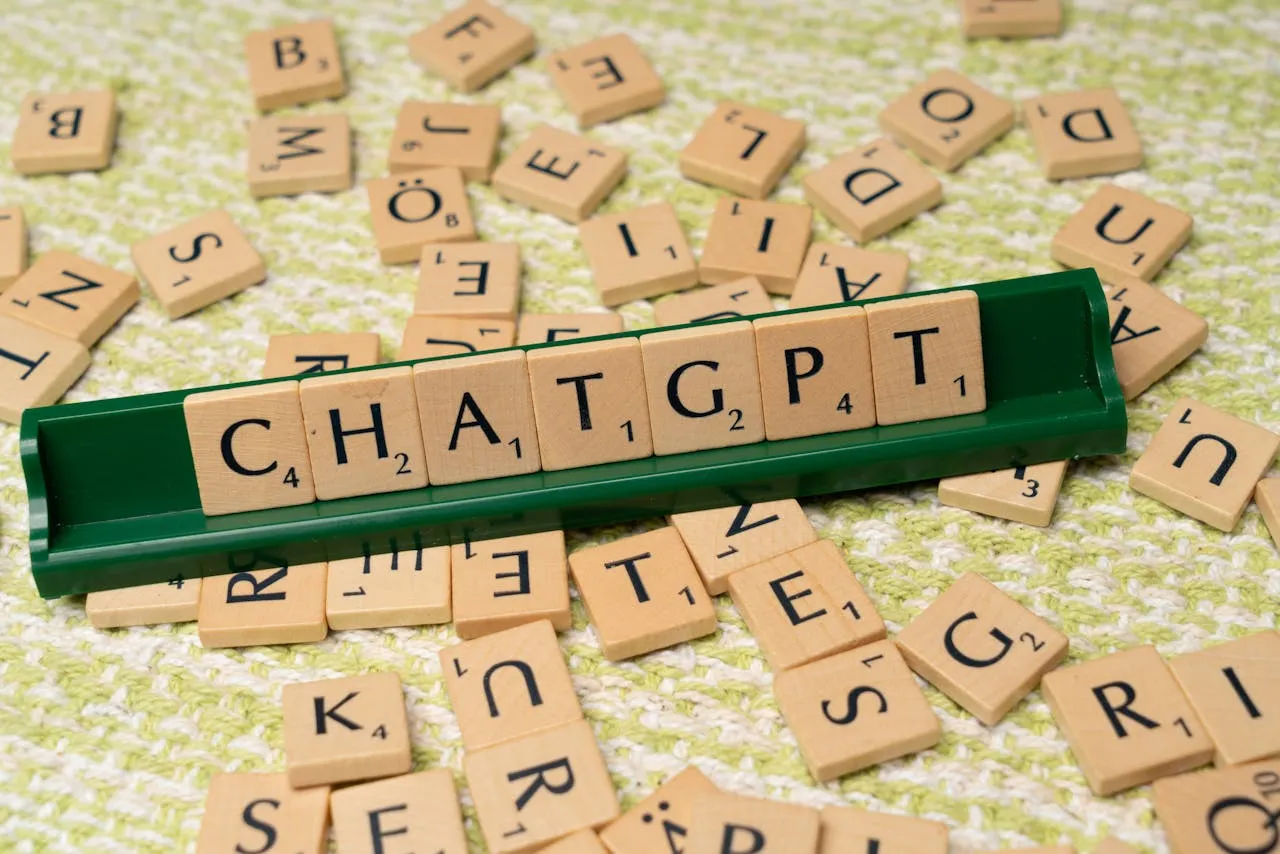Around 32% of marketers state they use AI in paid advertising. Marketers at startups are turning to AI for all kinds of tasks, like writing ad copies and optimizing ad budgets. But AI can do so much more if applied in the right way. It can be used to enhance targeting, automate repetitive marketing tasks as well as optimize ads and creatives in real time.
In this article, you’ll learn about:
- Unlocking the power of AI for your campaigns
- Top AI tools and how to use them
- Overcoming challenges in using AI to improve campaign performance
Understanding AI in paid advertising
AI in advertising is the use of machine learning models to automate, optimize, and improve ad campaign performance. It can be applied to various aspects of paid ads management, such as;
- Automated bidding
- Audience targeting
- Ad creative optimization
- Predictive analytics
- Brainstorming
Why startups should leverage AI in their ad campaigns
Using AI in advertising campaigns can benefit startups in terms of cost, scaling, and finding the right audiences, as follows;
- Manage ad spending: Using AI in ad campaigns can be cost-saving for startups. For instance, with Google Ad’s smart bidding, they can aim for high-intent users, which reduces their spending on low-converting audiences.
- Scale content creation: Startups can use AI to scale creatives and ad copy creation. They can also apply it to Lookalike audiences to help them target a wider audience.
- Enhanced targeting: Startups can feed relevant data to AI models for precise audience targeting. For instance, a FinTech startup can use AI to target users who have previously interacted with financial content to serve them relevant ads.
AI’s role in improving ad creative and copy
Using AI to create and improve ad copies and creatives is now common. However, AI outputs can be generic out of the box. Hence, startups must be careful not to over-rely on AI. Zapier CMO Kieran Flanagan highlighted this in a recent podcast and discussed Kaya’s solution.
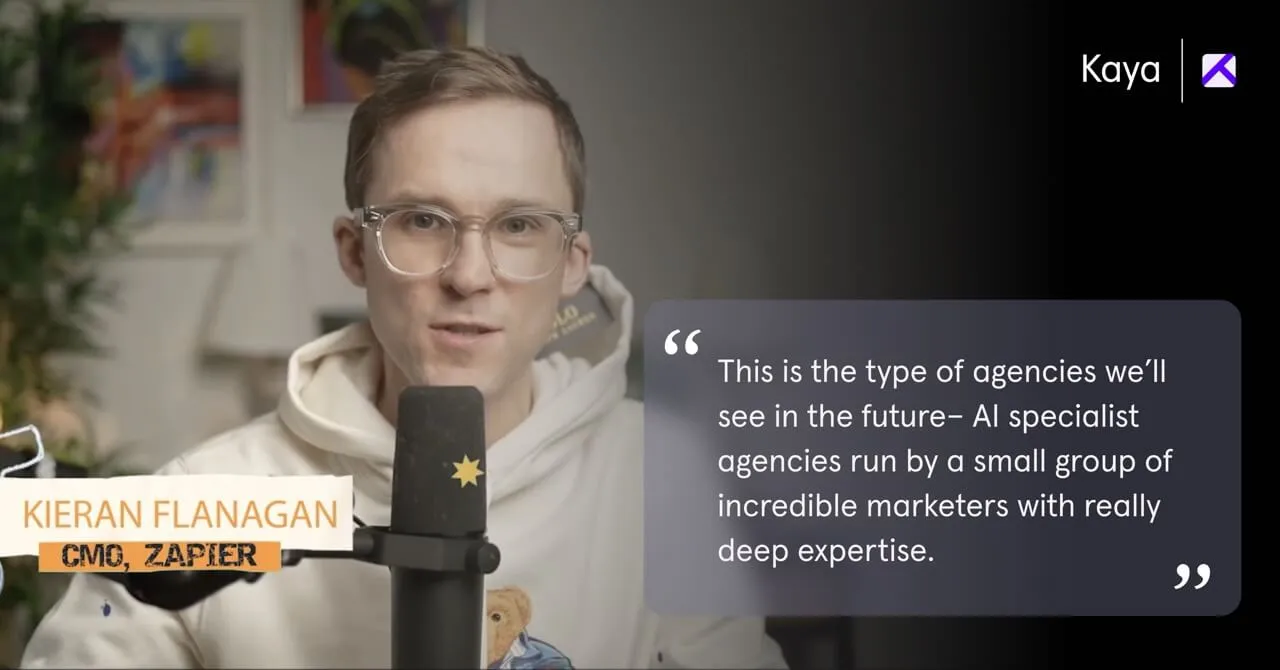
He also stressed the importance of the human aspect in fine-tuning AI usage.
What the AI is doing — is reflecting that person’s knowledge in how they can actually create marketing strategies.
Takeaway: AI helps startups level the playing field against larger companies with bigger marketing teams and budgets. However, it requires expert human input to get the best results and avoid costly mistakes.
Key AI tools for startup ad campaigns
The most common tools would be ChatGPT and Gemini, which have become staples in content creation. Ad platforms also have built-in AI tools, such as follows:
- Google Ads: Performance max, search ads, demand gen campaigns, etc.
- Facebook Ads: Meta advantage, text generation, advantage+ creative, etc.
You can also get value from third-party tools like AdCreative.ai, which enable marketers to create conversion-focused ad creatives. Kaya’s Competitor Ad Intelligence Tool also automates your competitor analysis. It gives you both the broad and granular view of your competitors' ad activities.
It also;
- Reveals your competitor's ad spend.
- Offers recommendations on ad channels to invest in.
- Suggests ideal customer profiles that fit your business and goals.
- Offers tailored insights to improve your paid ad performance.
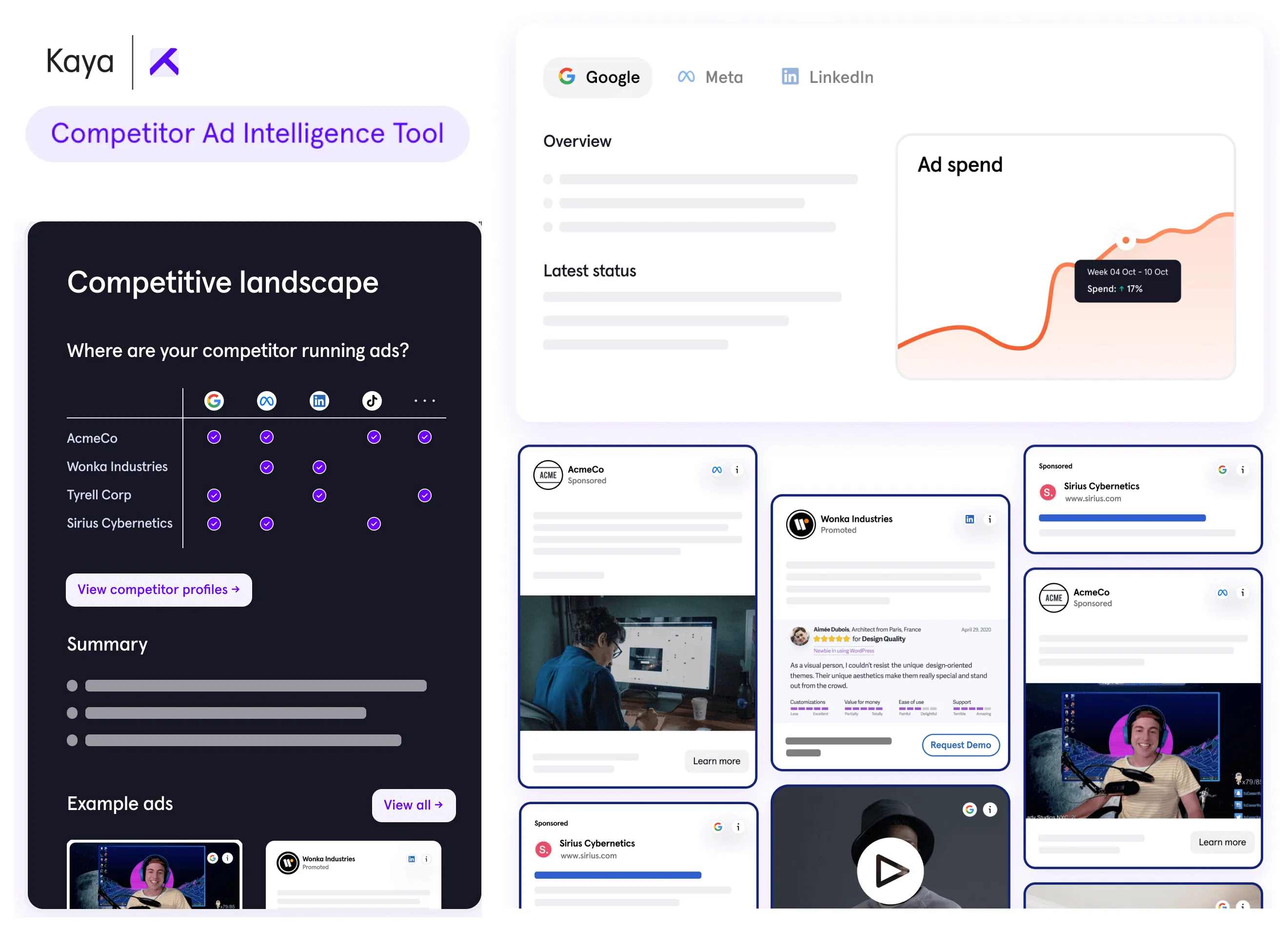
Kaya's Competitor Ad Intelligence Tool compiles your competitors' ads across multiple platforms and provides actionable insights, all in one place.
How startups can leverage AI in advertising campaigns
Startups can use AI in many ways to improve their ad campaigns, but here are four of the most essential areas to focus on.
1. Implementing AI-driven targeting
AI uses clustering to segment audiences into different groups based on shared characteristics. It can separate abandoned cart audiences and one-time landing page visitors. You can then remarket or retarget them with new ads or complimentary offers.
Facebook’s Lookalike Feature also uses AI to identify high-value users similar to audiences you already care about. It uses information like demographics, interests and behaviours from your source audience to find new people who share similar qualities within its ad network.
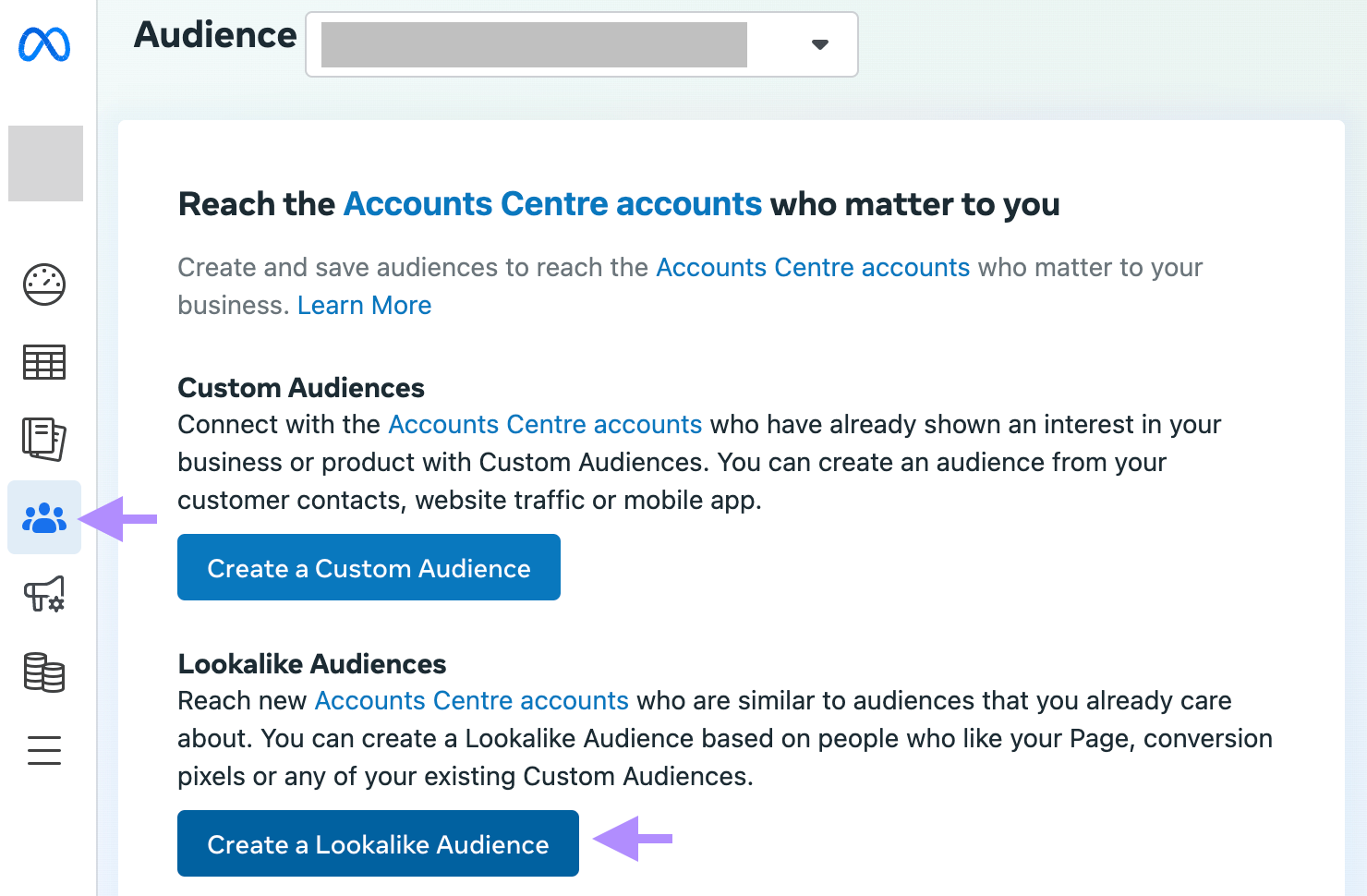
Creating Lookalike Audience on Facebook helps you identify high-value users with similar profile as your existing customers.
2. Using AI in ad bidding strategies
AI algorithms can adjust bids based on real-time data. This helps you to avoid overspending or missed opportunities that can happen with manual bidding.
Imagine you launched a productivity app and need to acquire new active users. Google’s AI-driven smart bidding is a good choice for that. It evaluates search queries, devices, browsers, languages, and time of day. It also offers several bidding strategies, such as;
- Target CPA
- Target ROAS
- Maximize conversions
You can target a CPA of $4.50. Then, you define your high-intent audiences. This could be people searching for the 'best productivity app.' The smart bidding algorithm will place your ads in front of these high-intent users without going over your limit. Small-medium businesses like FishingBooker increased their ROAS by 49% by implementing smart bidding.
💡Tip: Generally speaking, if your business goal is to generate sales/leads and revenue from Google Ads, AI-driven bidding strategies like 'Maximise conversions' and 'Maximise Conversion Value' would be good starting points. Setting realistic target CPA and ROAS values that align with your business margins and keyword strategy are key to your campaign success.
While AI can automate many aspects of ad bidding, it lacks the understanding of your business margins and strategy and may lead to wasted ad spend. This is where human expertise is invaluable for fine tuning and monitoring your strategy further.
3. Real-time ad optimization with AI
AI tools support dynamic creative optimization (DCO)—a programmatic ad strategy that allows you to personalize ads based on real-time data. The dynamic creative feature is available on;
- Google: Campaign Manager 360 users
- Facebook: When using the flexible ad format
On the Google Ad platform, the feature allows you to serve relevant ads to viewers on every single impression. You upload media and ad components in your ad set. With a dynamic feed, Google AI can show one product to people over 40 and another one to those under 40. Here are some AI tools for dynamic ad adjustment and optimization.
- Google Ads: Responsive search ads and display ads
- Facebook Ads: Dynamic creative optimization
- TikTok Ads: Automated creative optimization
AI can also be used in A/B testing ad performance. It can track multiple versions and ad combinations to identify the best-performing ones.
4. Predictive analytics for future campaign success
AI analyzes your ad’s creative elements in different scenarios. It learns from the data and patterns to predict effective ones. It can also adjust creatives to match real-time predicted user behavior. For instance, it can show a limited-time offer during peak shopping hours.
You can collect data from past ad campaigns, CRM systems and social media feeds to feed into a predictive model. Based on that, the model can predict suitable audiences, ad creatives, etc. You can then tailor your future campaign according to those insights.
Overcoming challenges in using AI in advertising campaigns
Despite the benefits of incorporating AI in startup ad campaigns, there are notable challenges to be aware of, such as;
Cost and complexity
Building predictive models can be costly. It requires high-level technical knowledge that isn’t readily available to startups. So, you may want to seek the help of an AI marketing agency like Kaya.
Data quality
Many startups have data scattered all over the place and find it difficult to harmonize. This hinders their ability to use AI to its best potential.
To use AI in your ad campaigns, you need relevant keywords and audience segments. You also need clean first-party data like customer lists, lookalike lists, and remarketing lists. Without that, ad algorithms cannot pick up the right signals to optimize ad campaigns.
Example: Before adding target CPA value and target ROAS in smart bidding, you should have done proper conversion tracking. You should also base target values on your margins. These tasks require human expertise, and without them, the AI system may deliver poor results.
Human oversight in AI-driven ad campaigns
AI systems cannot understand the goals and context of a business like humans. So, when running ad campaigns, it’s essential to track KPIs, such as CPCs, CPAs, and ROAS. If those go out of line, you can step in and adjust targeting, bid strategy, ads or copies for better results.
Future trends in AI ad campaigns
As startups continue to use AI in their advertising campaigns, here are some trends to watch.
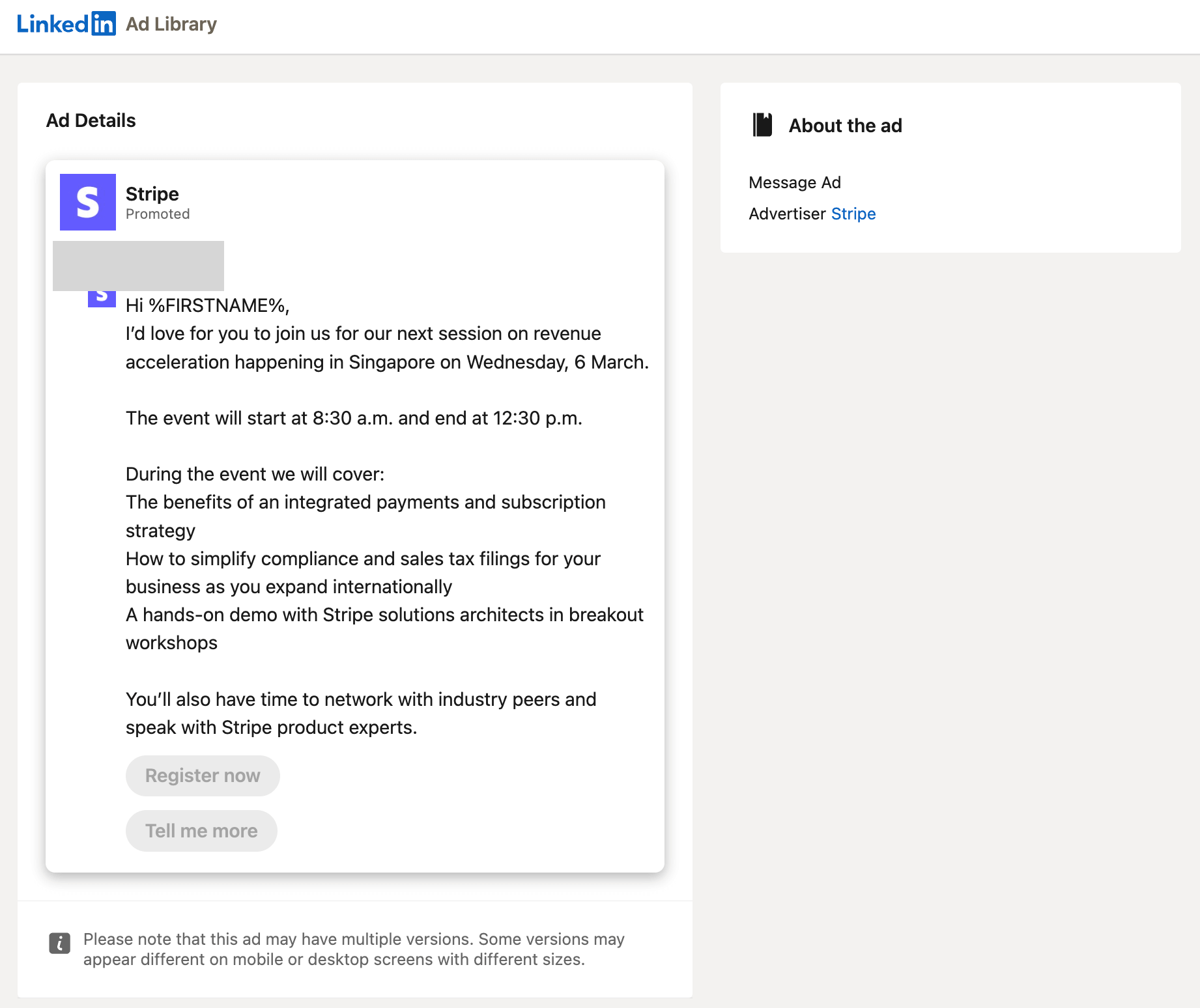
Example of Stripe's LinkedIn Conversational Ads. You can view their outreach template in LinkedIn Ad Library or compiled for you in one place with Kaya's Competitor Ad Intelligence Tool.
Conversational Ads
Conversational ads are automated, messaging-based ad campaigns powered by chatbots. For instance, LinkedIn's Conversational Ads allows you to interact with your prospects in more personal and engaging ways, based on where your prospect is in the customer’s journey.
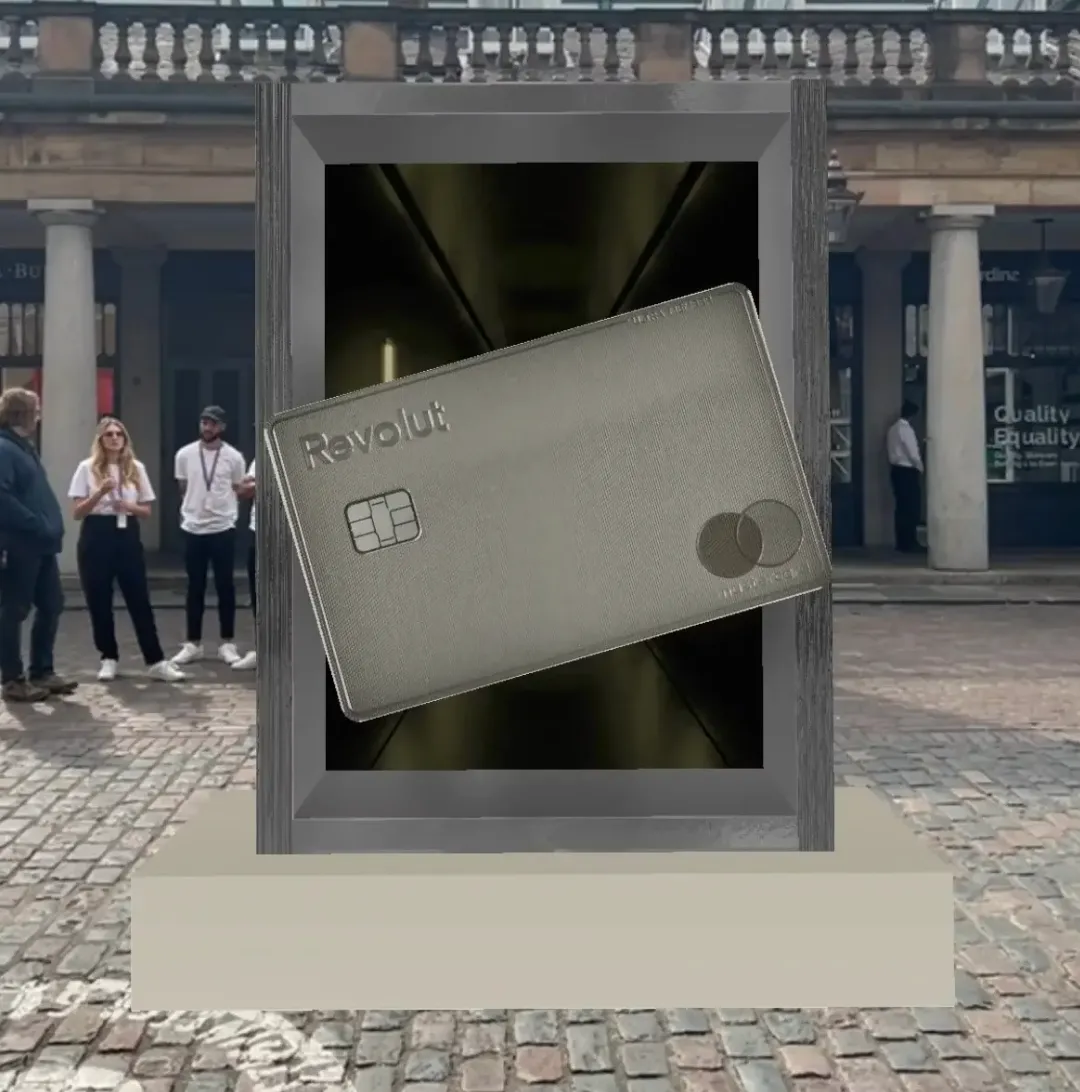
Revolut recently partnered with Apexl Studios to create an Augmented Reality experience for its Revolut metal Ultra card. Image by Apexl Studios.
Augmented reality (AR) in ad campaigns
AR enables brands to create vivid and immersive experiences of their products. Its main purpose is to increase engagement. Revolut recently partnered with Apexl Studios to create an AR experience for its Revolut metal Ultra card.
FAQ
How do startups use AI for marketing?
Which AI tool is best for marketing?
Which AI tool is best for competitor ad analysis?
Final thoughts
By using AI in paid ads, startups can level the playing field against larger organizations. However, while the benefits of AI cannot be denied, it still requires expert human monitoring to get the best result.

